 ‘Four things to see this week’ is sponsored by Bloomberg Connects, the free arts and culture app. Bloomberg Connects lets you access museums, galleries and cultural spaces around the world on demand. Download the app here to access digital guides and explore a variety of content.
‘Four things to see this week’ is sponsored by Bloomberg Connects, the free arts and culture app. Bloomberg Connects lets you access museums, galleries and cultural spaces around the world on demand. Download the app here to access digital guides and explore a variety of content.
Each week we bring you four of the most interesting objects from the world’s museums, galleries and art institutions, hand-picked to mark significant moments in the calendar.
On 20 July 1969 the world was temporarily stilled by the news that the American astronaut Neil Armstrong had stepped foot on the moon. The significance of this giant leap – both for audiences watching it on screens, and in terms of technological advancement – was immeasurable.
Though the moon is now the frequent subject of scientific study, its fascination for artists has not waned. On the 54th anniversary of the moon landing, we take a look at four objects inspired by our beloved satellite: from a Korean moon jar of elegant simplicity to a geometrically-decorated Bedu mask.
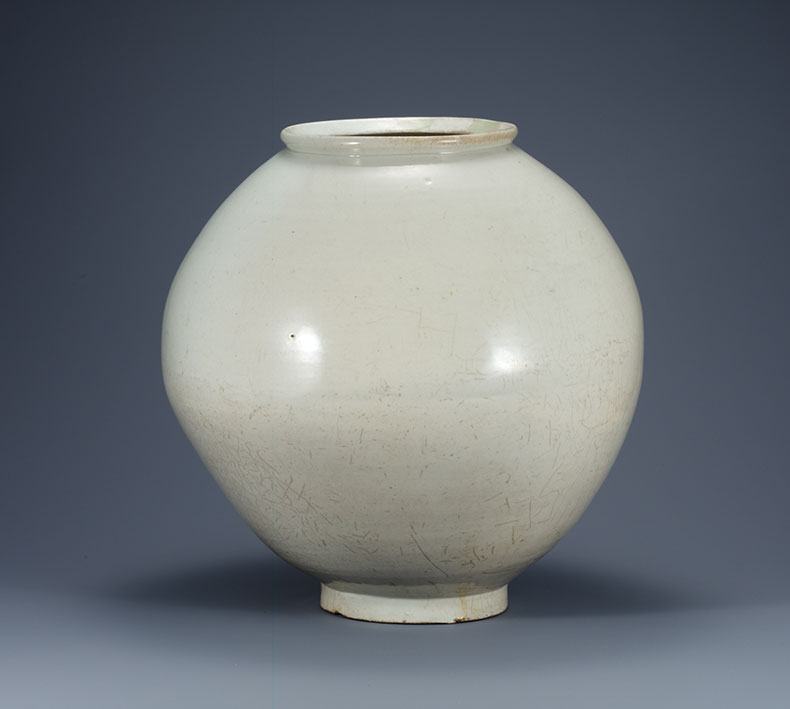
Moon jar (Joseon dynasty). National Museum of Korea, Seoul
1. Porcelain moon jar (Joseon dynasty)
National Museum of Korea, Seoul
With its globe-like form and milky-white glaze, this Korean vase is the perfect homage to the beauty of the moon. Such pots, made by joining two hemispherical halves, became very popular during the Joseon period (1392–1910). During the 20th century, moon jars were made famous in the West by figures such as Yanagi Sōetsu, founder of Japan’s mingei (or folk craft) movement, and by the British potter Bernard Leach. Click here to find out more.
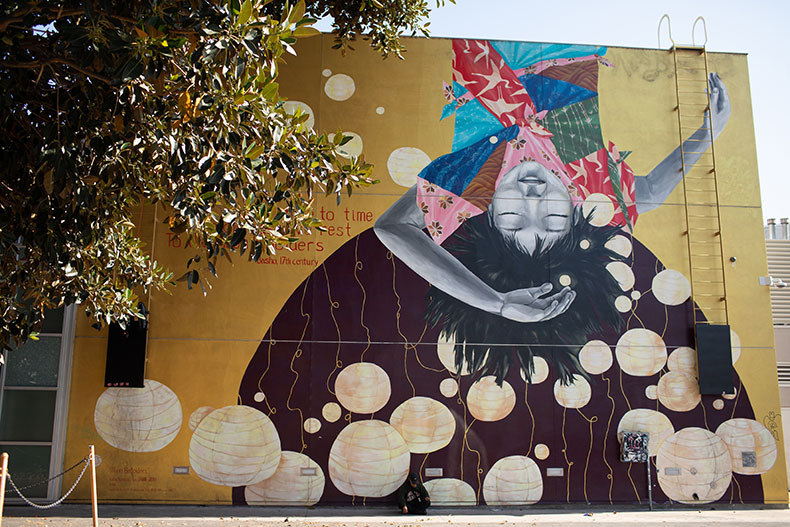
Moon Beholders (2014), Katie Yamasaki. Japanese American National Museum, Los Angeles. Photo: Ning Wong
2. Moon Beholders (2014), Katie Yamasaki
Japanese American National Museum, Los Angeles
This mural by Katie Yamasaki features a haiku by the 17th-century poet Bashō, which reads: ‘From time to time / The clouds give rest / To the moon beholders.’ The work depicts a girl floating upside down amid a series of Noguchi-style paper lanterns, representing the idea of akari or illumination. She wears a number of furoshiki cloths that symbolise important moments from Japanese-American history – one features a pale blue sky stringed with the barbed wire of Second World War internment camps. Click here to find out more on the Bloomberg Connects app.
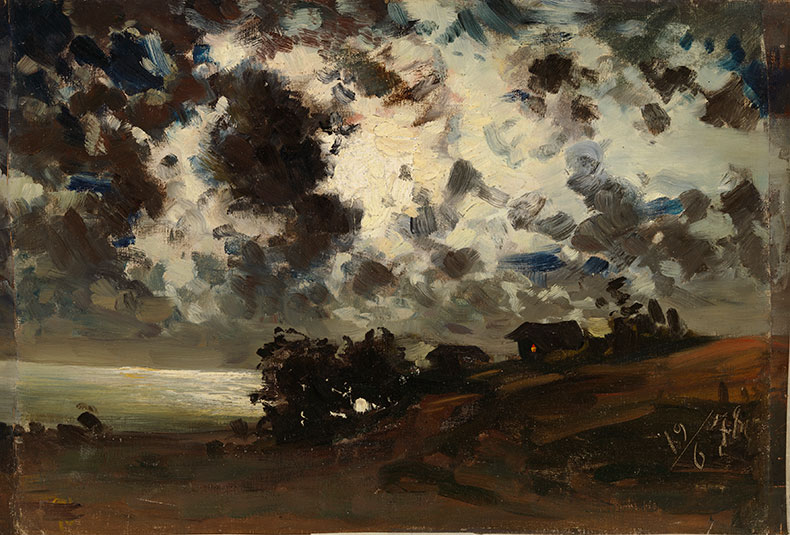
Moonlight, study (1878), Fanny Churberg. Finnish National Gallery, Helsinki. Photo: Finnish National Gallery/Hannu Aaltonen
3. Moonlight, study (1878), Fanny Churberg
Finnish National Gallery, Helsinki
Moonlit scenes abound in Western painting, and though this work by Finnish artist Fanny Churberg is almost abstract, it recalls landscape scenes by Turner and Whistler. Churberg returned to this subject time and again – here she depicts the bright moonlight coming through clouds with energetic brushstrokes that contrast with the calm body of water below. Click here to find out more.
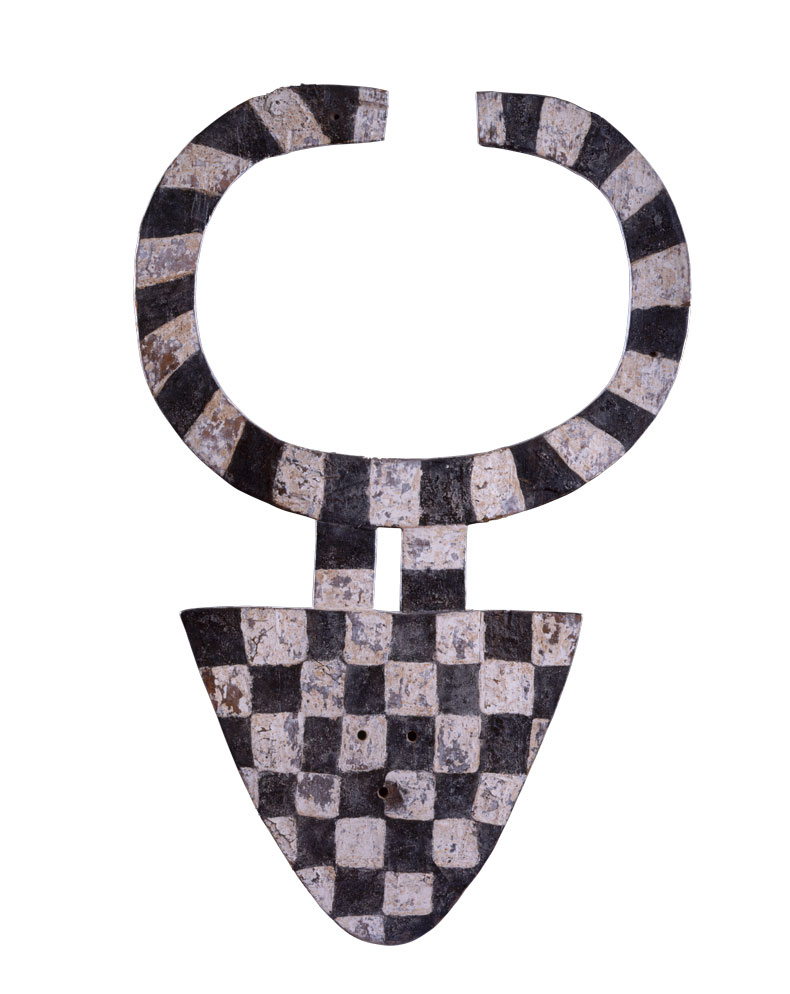
Bedu moon mask (c. 1993), unknown Nafana artist. Nationaal Museum Van Wereldculturen, on loan from the Dutch Province of the Congregation of the Holy Spirit.
4. Bedu moon mask (c. 1993), unknown Nafana artist
Africa Museum, Heilig Landstichting
This mask was made by an unknown Nafana craftsperson from the north-eastern Ivory Coast of Africa. Intended to be worn by a male performer, it would have played an important role in the annual ‘Dance of the Bedu’ festival that calls on the Bedu: an animal spirit who is sometimes said to originate from moonlight. The festival takes place in what’s known as ‘the month of the Bedu moon’, which corresponds to the Islamic month of Ramadan. Click here to find out more.
Download now
![]() ‘Four things to see this week’ is sponsored by Bloomberg Connects, the free arts and culture app. Bloomberg Connects lets you access museums, galleries and cultural spaces around the world on demand. Download the app here to access digital guides and explore a variety of content or scan the QR code.
‘Four things to see this week’ is sponsored by Bloomberg Connects, the free arts and culture app. Bloomberg Connects lets you access museums, galleries and cultural spaces around the world on demand. Download the app here to access digital guides and explore a variety of content or scan the QR code.
Unlimited access from just $16 every 3 months
Subscribe to get unlimited and exclusive access to the top art stories, interviews and exhibition reviews.


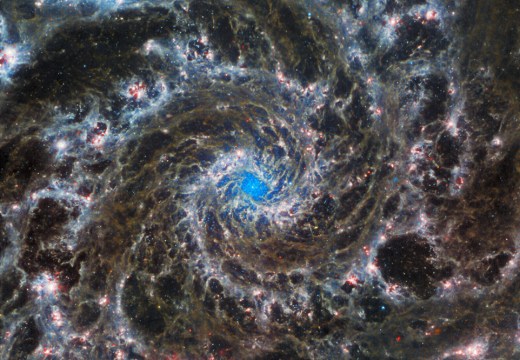
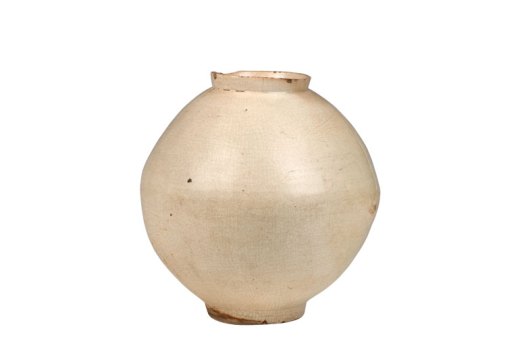
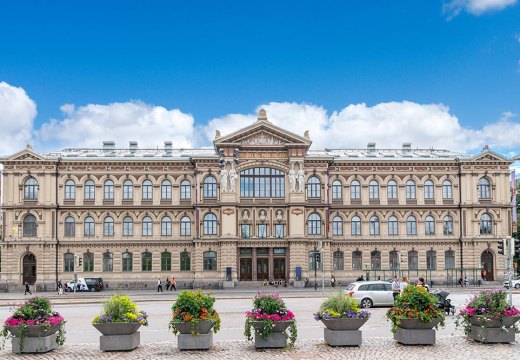









![Masterpiece [Re]discovery 2022. Photo: Ben Fisher Photography, courtesy of Masterpiece London](http://www.apollo-magazine.com/wp-content/uploads/2022/07/MPL2022_4263.jpg)
It’s time for the government of London to return to its rightful home